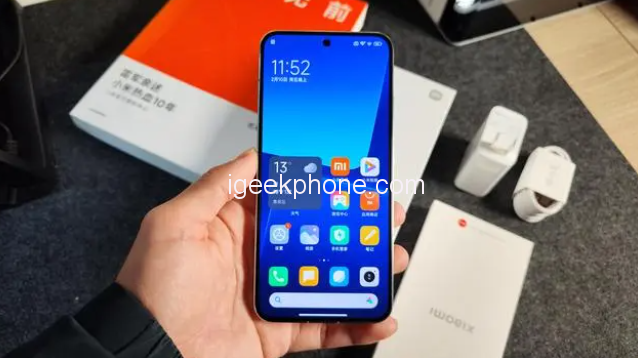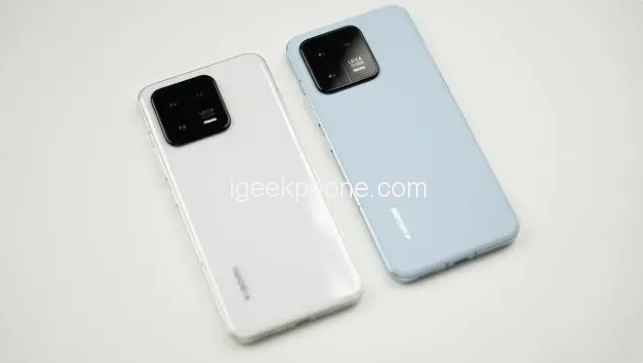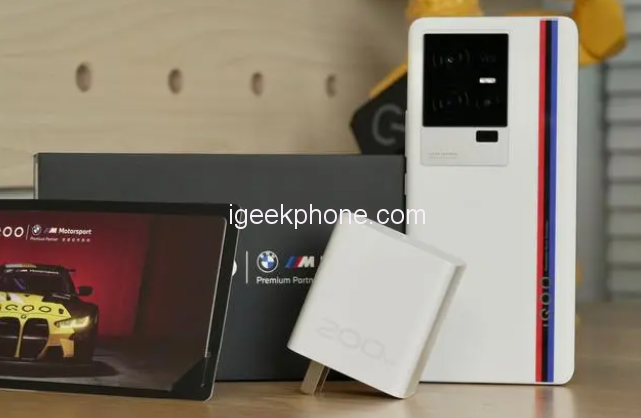The iQOO 11S vs. Xiaomi Mi 13 are popular high-end entry-level models but cater to different preferences. The Mi 13 is currently the hottest small-sized flagship, while the iQOO11S is a gaming-oriented upgrade to the iQOO11. Let’s dive into their features and see which one suits you best!
Regarding hardware, both models boast powerful Snapdragon 8Gen2 processors, among the strongest in the Android camp. The chip ensures high performance and efficient temperature control, making it ideal for gamers. However, the iQOO11S takes it further with its more robust gaming attributes. Apart from the high-performance SOC, it supports dual pressure sensitivity under the screen, dual X-axis linear motors, and independent display chips, enhancing the gaming experience significantly. The iQOO 11S also incorporates game algorithms such as superframe, super-resolution, and visual enhancement, making it the top choice for gaming enthusiasts who also want excellent overall performance for daily use.
Display
Moving on to displays, the Mi 13 features a 6.36-inch flexible straight screen with 1080P resolution, 8-bit, and DC-like dimming. Its narrow frame design offers a premium look and feel, while the Samsung E6 material provides good brightness and power consumption performance, contributing to better battery life.
On the other hand, the iQOO 11S boasts a larger 6.78-inch E6 direct-facing screen that supports 1.07 billion colors, 2K resolution, LTPO, and 1440Hz high-frequency PWM dimming. With better resolution and color advantages, it’s an attractive choice for users who prioritize display quality.
Cameras
In terms of cameras, the iQOO 11S has a front-facing 16-megapixel high-definition selfie camera, along with a 50-megapixel primary camera, an 8-megapixel wide-angle lens, and a 13-megapixel portrait lens on the rear. Though the lens specifications are relatively ordinary for non-main cameras, they still offer good imaging performance, especially considering their gaming focus.
On the other hand, the Xiaomi Mi 13 comes with a 32-megapixel selfie camera on the front and a 50-megapixel primary camera with a Sony IMX800 sensor on the rear, along with a 12-megapixel wide-angle and 10-megapixel telephoto lens. Including Leica-style filters adds a distinct style to its images, making its imaging performance more prominent.
Battery
Regarding battery life and charging, the iQOO 11S has a built-in 4700mAh battery and supports 200W super flash charging, providing a relatively fast recovery speed. On the other hand, the Mi 13 has a 4500mAh battery, but its battery life matches up to the iQOO11S. Moreover, it supports both 67W wired flash charging and 50W wireless charging and with its self-developed charging chip and battery management chip, it offers longer battery life.
In addition, the Mi 13 is lighter and thinner than the iQOO 11S and supports IP68 dustproof and waterproof capabilities. While IP68 isn’t a guarantee against all accidents, it does offer added reassurance for daily use.
Read Also: iQOO 11S Review: The Smartphone That Charges in 5 Minutes
Conclusion
In conclusion, the iQOO 11S and Mi 13 cater to different preferences. If you prioritize gaming experience and fast charging, the iQOO11S is a strong contender. However, if you prefer a small-sized, all-around performer with outstanding image quality, the Mi 13 is the way to go!
Do not forget to follow us on our Facebook group and page to keep you always aware of the latest advances, News, Updates, review, and giveaway on smartphones, tablets, gadgets, and more from the technology world of the future.

.jpg)







